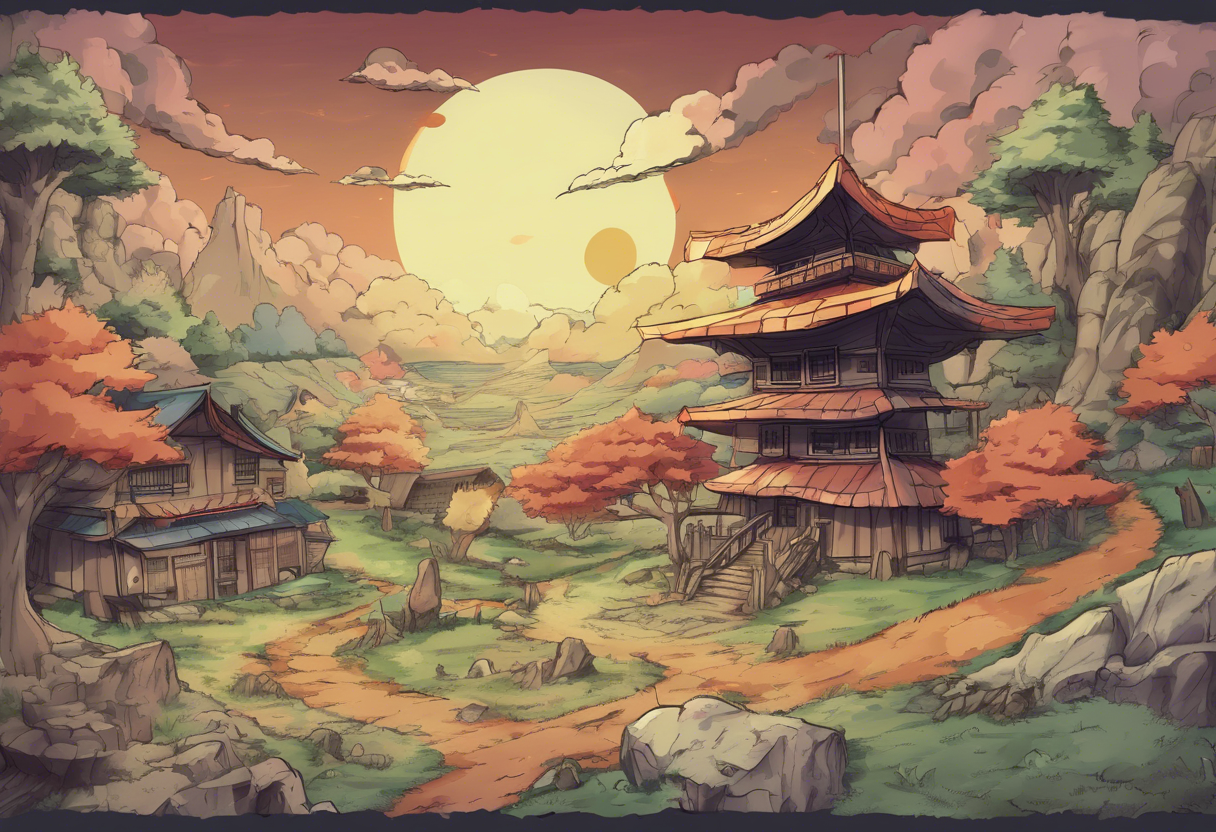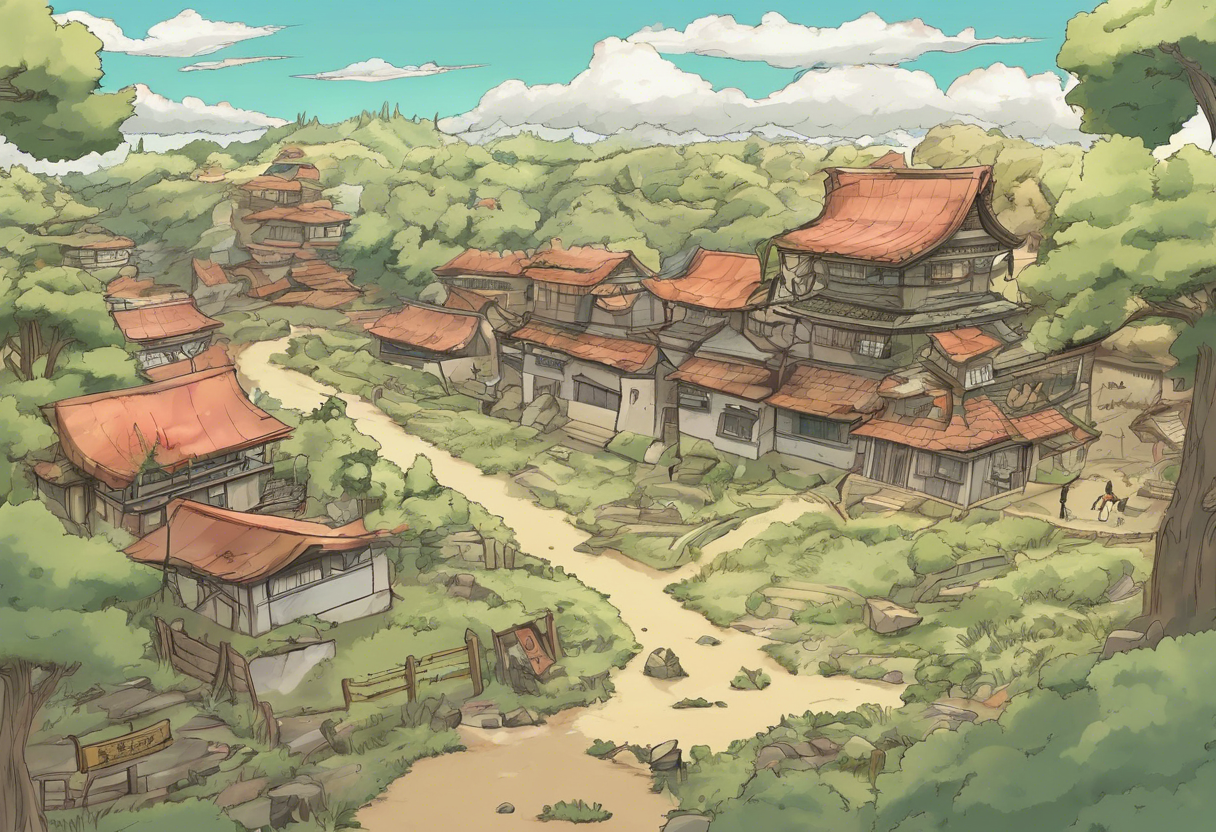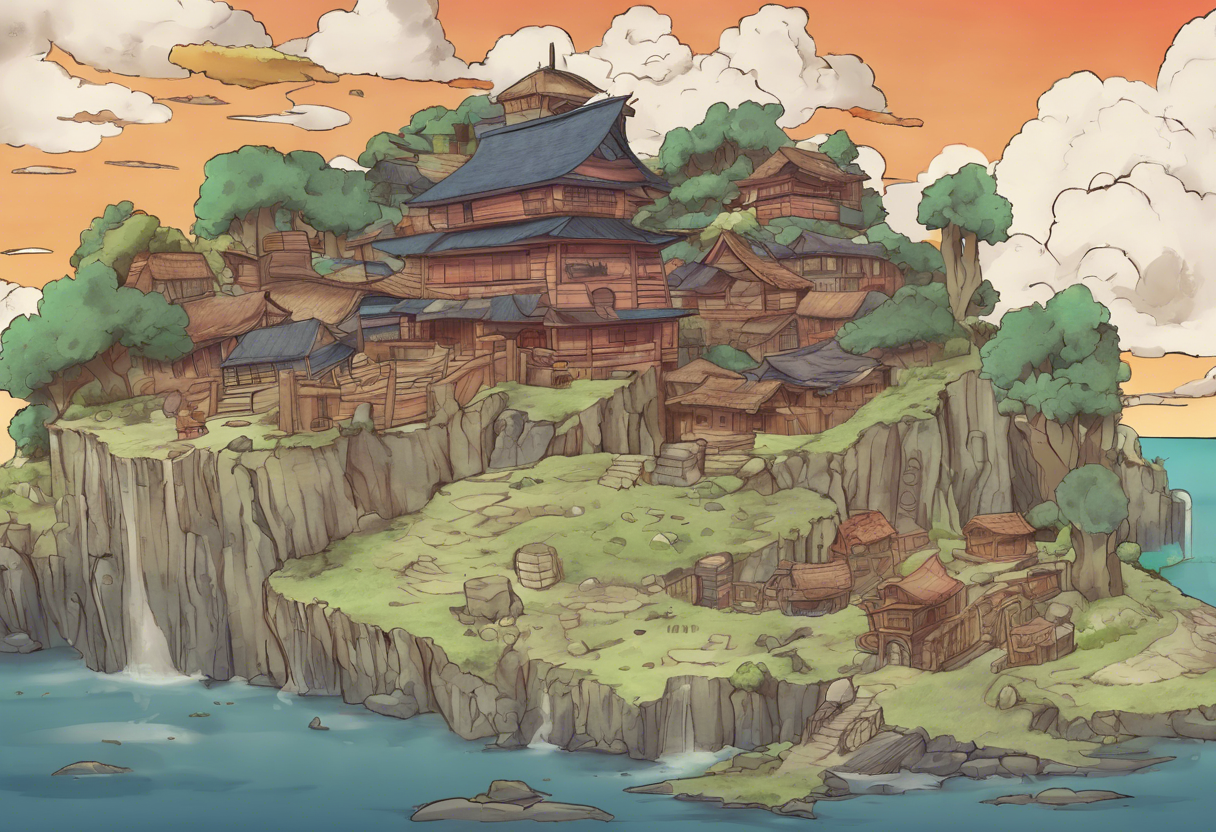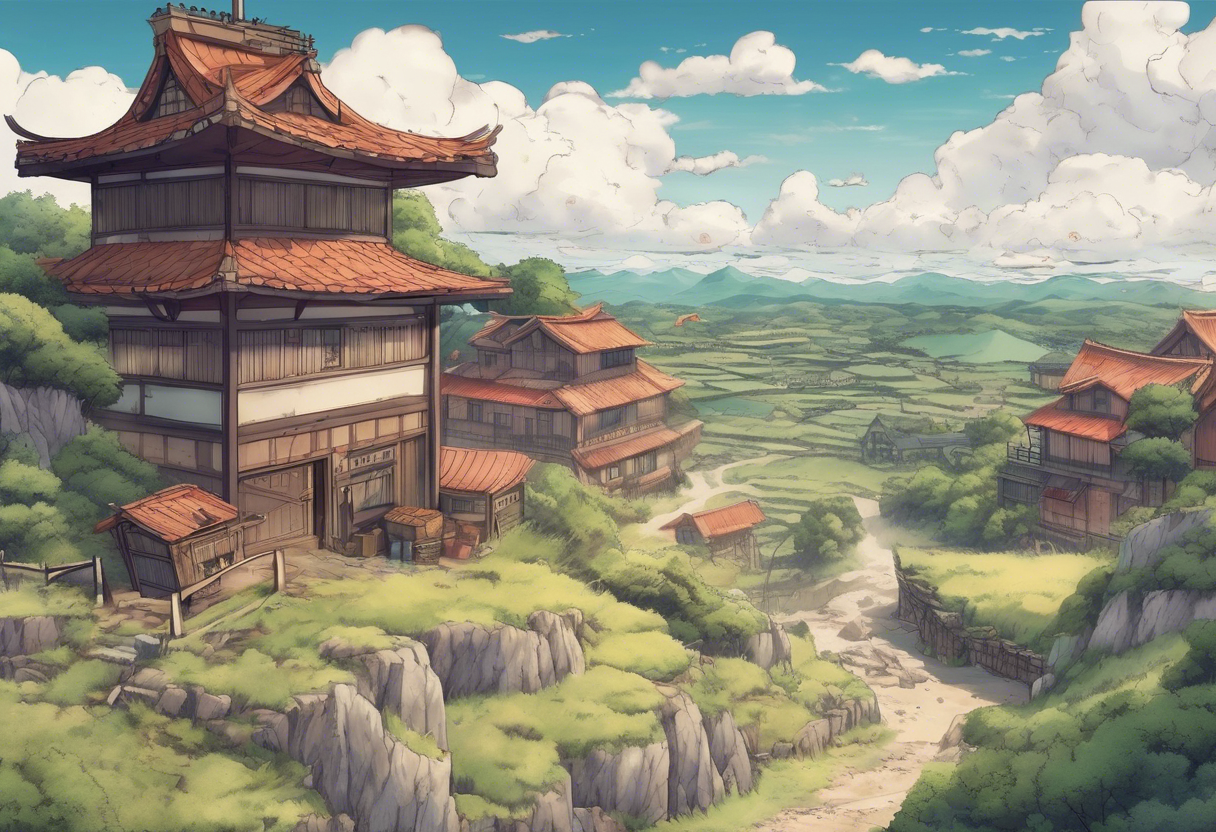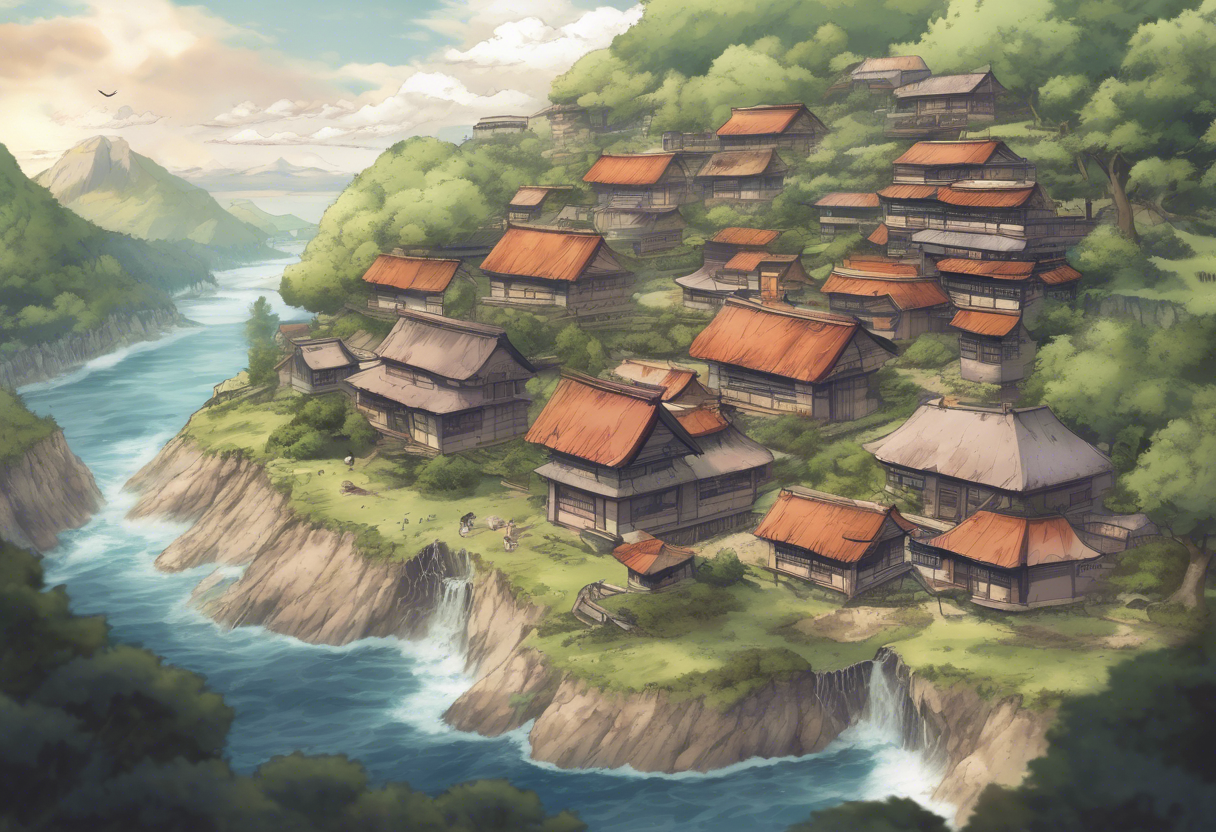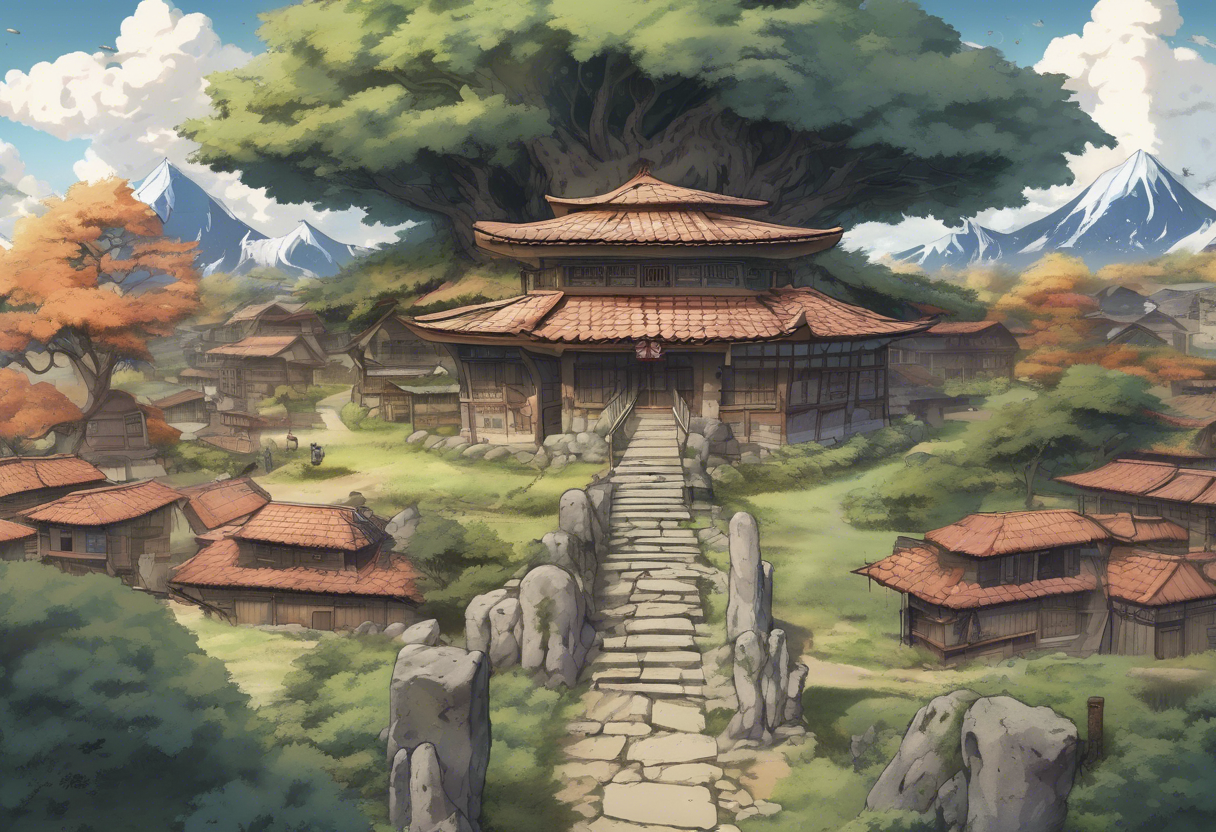Contents
The Land Where a Hero Once Lived: An In-Depth Analysis of Naruto’s Eleventh Episode
Introduction
"The Land Where a Hero Once Lived" is the eleventh episode of the popular anime series "Naruto," created by Masashi Kishimoto. This episode is part of the first season of the anime, which was adapted from Kishimoto’s original manga. The anime series is directed by Hayato Date, with scripts written by various authors, including Kishimoto himself for key episodes.
The production of "Naruto" involved a collaborative effort between Studio Pierrot and TV Tokyo, with music composed by Toshio Masuda and character designs by Hirofumi Suzuki. The episode "The Land Where a Hero Once Lived" was first aired in Japan in 2002 as part of the ongoing series.
What sets this episode apart is its deep dive into the themes of heroism, sacrifice, and the struggles of the common people under oppressive rule, which are central to the broader narrative of "Naruto." This episode is significant because it expands on the characters’ experiences beyond their village, introducing them to the harsh realities of the world outside.
Plot Summary
In "The Land Where a Hero Once Lived," Sakura Haruno accompanies Tazuna, a bridge builder from the Land of Waves, into the town to witness the hardships faced by its people under the tyrannical rule of Gato. Gato, a wealthy and powerful businessman, controls all imports and exports, exploiting the people and maintaining his grip on the land through fear and violence.
Tazuna’s mission is to build a bridge that will connect the Land of Waves to other lands, thereby breaking Gato’s monopoly and freeing the people from his oppression. This act of defiance is risky, as it directly challenges Gato’s authority and puts Tazuna’s life in danger.
Meanwhile, Naruto Uzumaki and Sasuke Uchiha continue their training under Kakashi Hatake, focusing on controlling their chakra and enhancing their ninja skills. The training sequences highlight the camaraderie and competitive spirit among the team members, as well as their individual growth and development.
The episode also delves into the backstory of the Land of Waves, revealing the brutal suppression of its people and the heroic efforts of those who have tried to resist Gato’s rule. Young Inari, a resident of the Land of Waves, recalls the tragic fate of his father figure, who was brutally murdered by Gato’s men in a public display of power and intimidation[1][5].
Themes and Symbolism
"The Land Where a Hero Once Lived" explores several key themes that are pivotal to the "Naruto" series. One of the primary themes is the concept of heroism and the sacrifices that heroes must make. Tazuna’s determination to build the bridge despite the danger is a testament to his bravery and commitment to the well-being of his people. This act symbolizes the idea that true heroism often involves putting the needs of others before one’s own, even if it means facing significant risks.
Another theme is the struggle against oppression and the importance of freedom. The people of the Land of Waves are trapped in a cycle of poverty and fear, controlled by Gato’s ruthless regime. The bridge represents a symbol of hope and freedom, offering a way out of their desperate situation.
The episode also touches on the theme of mentorship and the role of guides in one’s journey. Tazuna’s influence on Inari and the guidance provided by Kakashi to his team illustrate the importance of having mentors who can inspire and support individuals in their quests.
Symbolically, the bridge can be seen as a metaphor for connection and unity. It represents a physical and metaphorical link between different lands and communities, highlighting the importance of cooperation and mutual support in overcoming adversity[1][5].
Cultural Impact
"The Land Where a Hero Once Lived" has contributed significantly to the cultural impact of the "Naruto" series. The episode’s portrayal of a community struggling under oppressive rule resonated with audiences worldwide, particularly in regions where similar issues are prevalent.
The "Naruto" series, including this episode, has been widely acclaimed for its ability to tackle complex themes such as war, sacrifice, and the consequences of power. The series has inspired numerous fan art, cosplay, and fan fiction, demonstrating its profound influence on popular culture.
The character of Tazuna and his story have also been referenced in various forms of media, including fan discussions and analyses. His character serves as a powerful example of ordinary people making extraordinary sacrifices for the greater good, a theme that is central to many narratives in anime and beyond[4].
Critical Reception
"The Land Where a Hero Once Lived" received positive reviews from both critics and audiences upon its release. Critics praised the episode for its emotional depth, character development, and the way it expanded on the world of "Naruto" beyond the confines of the Hidden Leaf Village.
Audiences appreciated the episode’s ability to balance action, drama, and humor, making it a compelling watch. The episode’s themes of heroism and resistance against oppression were particularly well-received, as they resonated with viewers on a deeper level.
Over the years, the episode has continued to be celebrated as one of the standout episodes in the series. It has been included in various "best of" lists and has been the subject of numerous fan analyses and discussions[1][5].
Legacy
"The Land Where a Hero Once Lived" has left a lasting legacy in the world of anime and beyond. The episode’s exploration of complex themes and its portrayal of heroic sacrifice have inspired many other anime series and films.
The character of Tazuna and his story have become iconic within the "Naruto" fandom, symbolizing the spirit of resistance and the power of ordinary people to effect change. The episode’s influence can be seen in other works that explore similar themes of heroism, oppression, and the struggle for freedom.
In conclusion, "The Land Where a Hero Once Lived" is a pivotal episode in the "Naruto" series that continues to resonate with audiences today. Its themes of heroism, sacrifice, and resistance against oppression make it a powerful and memorable installment in the series, ensuring its enduring relevance in the world of anime and beyond[1][4].

